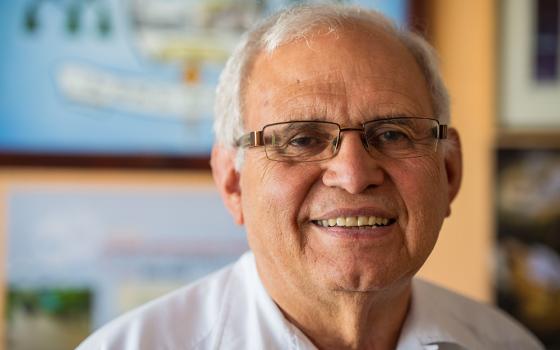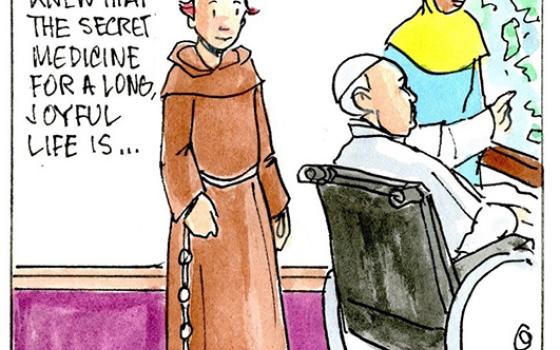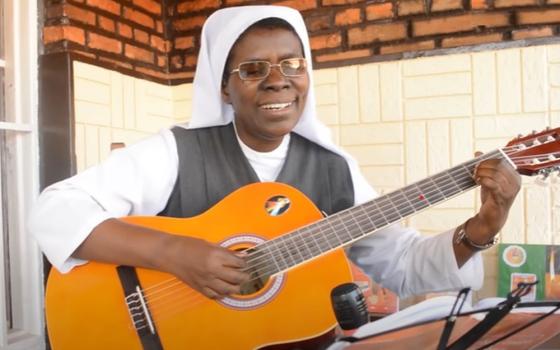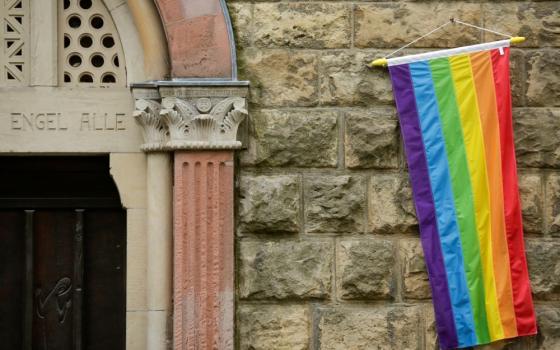
The beeper woke me during my night shift as on-call chaplain at Cabrini Medical Center in Manhattan in the 1990s. I stumbled from bed, splashed cold water on my face, dressed and headed toward the intensive care unit. But this visit would turn out like no other.
Some nights went by without a single call. Once, there were three emergencies, one right after the other. Each emergency was as unique as the individual. One time, I watched in disbelief as the medical staff frantically resuscitated a patient who had "coded" (med-speak for "died") four times before the attending physician arrived and asked what they were doing and why. The young interns explained the patient had not signed a "Do Not Resuscitate" order, legally obligating them to keep the person "alive" despite the fact that he had been brought in brain-dead five days earlier.
"Stop," he said with authority, and they did. I personally thanked him. That night, I entered in my journal, "Tonight a patient died four times before the doctors let him."
Life and death are nowhere more in raw conflict on a daily basis than in the emergency rooms and intensive care units of our hospitals. I stood by and prayed with families as a loved one died. I anointed the Catholics who asked for the sacrament. I spoke with and accompanied people of various faiths or no faith as they faced their mortality.
Paradoxically, at daybreak when I walked out into the morning air, I felt exhilarated and alive despite sleep deprivation. Far from being depressing, working with people facing death puts all of life's problems into perspective.
One time, the patient was very much awake and alert, belying his recent cardiac event. He asked for prayers and the sacrament of the sick. Then he asked me to come back and visit with him again the following night, which I did.
Over the course of the next week, we talked and prayed together, and he shared with me his amazing story. There, on the nightstand, was a beautiful book of glossy photographs of Michelangelo's "Pietà" in breathtaking detail and from every possible angle. As I flipped through the pages, he added softly, "I took those pictures." My jaw dropped.
He explained he first saw this masterpiece in person when the Vatican took the unprecedented step of putting it on display at the New York World's Fair in 1964. He became obsessed with it (his words), and visited the display countless times each day. He pleaded with the authorities until he was given exclusive access to the sculpture. In a subsequent visit in his hospital room before he was released, he told me the rest of his story and the cause of his obsession.
"I am a convert to Catholicism," he said. "I'm a Holocaust survivor." That nightmare understandably shook his faith. "How could God allow this evil to happen to his people?" was a question that haunted him for decades. Atheism provided no satisfaction.
Then suddenly, in the marble statue of Mary bowing her head in humble submission as she cradled the dead body of her crucified son, he got his response.
"For me, only in the crucifixion of Jesus does the Holocaust make any sense," he said. "The mystery of love confronting the mystery of hate."
It was to be our last visit. He recovered and was discharged, and I learned he died some years later. Yet I recall that morning, more than ever before, new energy and life filled me as I left my shift and faced the new day.
Each Good Friday, we commemorate the death of the Lord. Businesses, offices and schools close in recognition that something profound happened in Calvary 2,000 years ago. Some walk the Stations of the Cross. In Catholic churches, we hear the Passion chanted with solemn simplicity, and we venerate the wood "upon which hung the salvation of the world." No Mass is said anywhere; no Sacrament reserved in the now-empty tabernacles of the world. In the midst of our world filled with war, violence and hatred, where human cruelty knows no bounds, the death of this one man still gives people cause to hope.
[Maryknoll Fr. Joseph R. Veneroso is a former editor and publisher of Maryknoll magazine and Revista Maryknoll, which have won multiple awards from the Catholic Press Association, and is the author of several books, most recently Mirrors of Grace (Orbis), as well as a forthcoming novel, The Chimera, a mystery-thriller based on the Shroud of Turin.]



